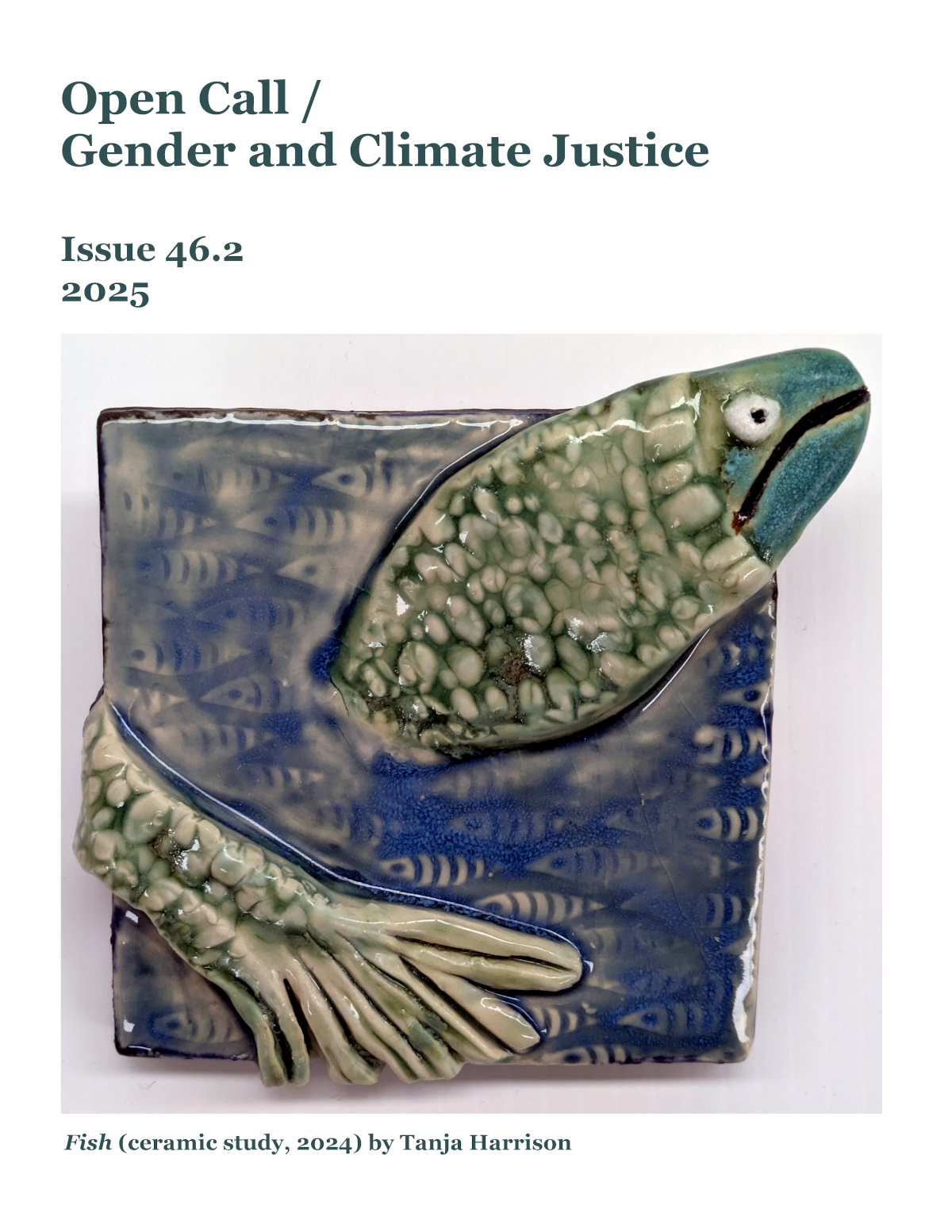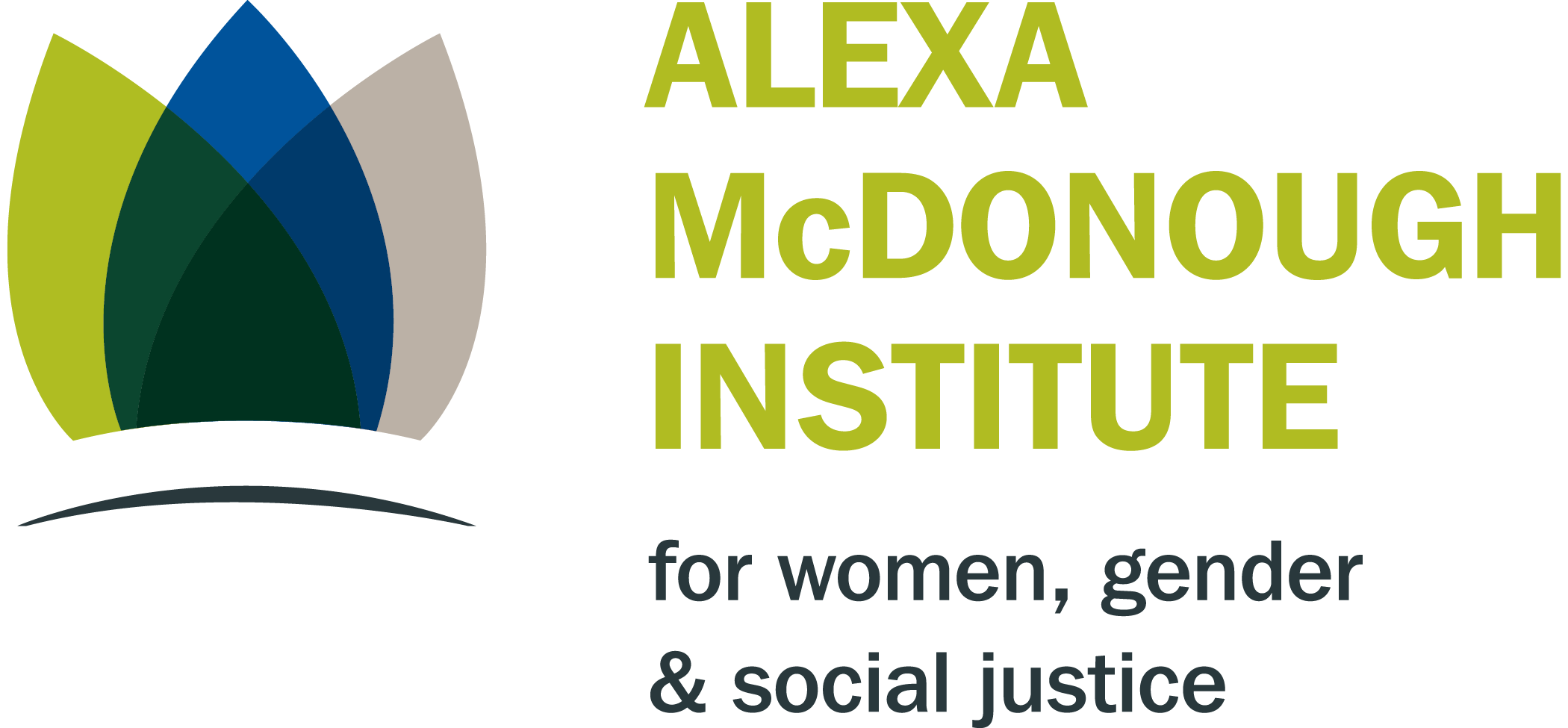Numéro courant
Vol. 46 No. 2 (2025): Open Call / Gender and Climate Justice

Issue 46.2 (2025) is dedicated to Tanja Harrison. The cover image, "Fish," is a ceramic tile created by Tanja in 2024.
Publié:
2025-07-16






